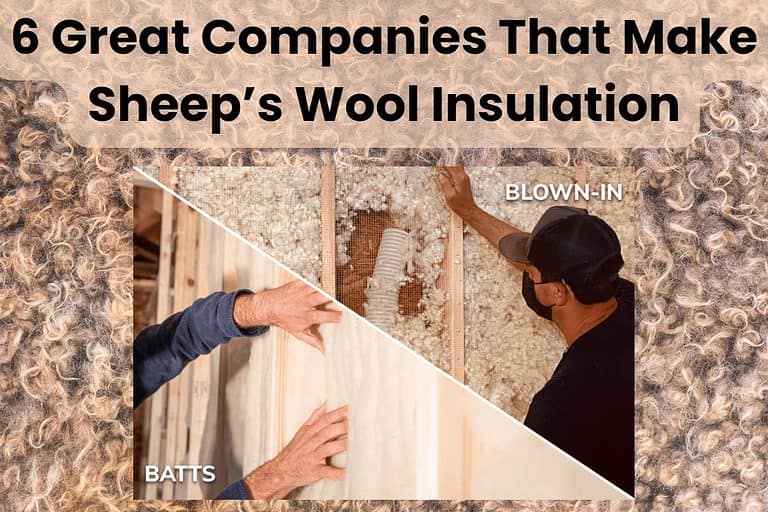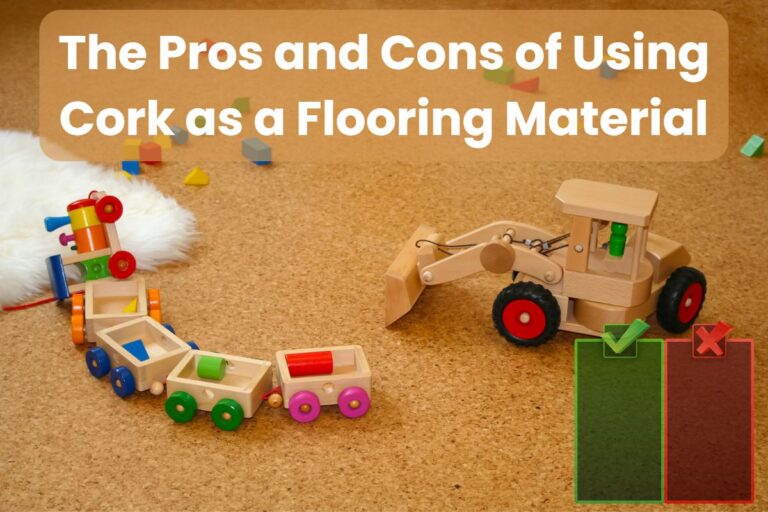Cob House vs. Traditional House: Which Is Better in 2023?

Today, many people are curious about the difference between cob housing and traditional homes.
Since the construction industry accounts for 39 percent of carbon emissions, most homeowners are looking for ways to reduce their carbon footprint while maintaining a comfortable living space.
This has resulted in considerable debate in certain quarters — cob house vs. traditional house: which is better in 2023?
A cob house is better if you want to “build green” because it’s eco-friendly, sustainable, long-lasting, fireproof, and possesses high thermal mass. These qualities are hard to match with traditional housing. Moreover, you can paint, sculpt or decorate your cob walls in any way you like.
In the rest of this article, I’ll discuss why cob houses are better than their traditional counterparts.
From sustainability and eco-friendliness to cost efficiency, by the end of this article, you’ll know why cob houses are your go-to option in 2023. Let’s dive right in!
Cob House Vs. Traditional House: The Basics

To better understand why cob house is better than its traditional counterpart, let’s take a closer look at each type of housing.
Cob houses are made from cob — a combination of sand, clay, silt, straw, and gravel. These aggregates are mixed with water and trampled or stomped into a paste, which is then formed into walls and other shapes.
Traditional homes are made from bricks and concrete, with wood or metal frames to support the structure. These building materials are often non-renewable, energy-inefficient, cumbersome, and possess high embodied energy.
That said, the sole difference between cob and traditional houses is the choice of building material.
Comparison Between Cob Houses and Traditional Houses
Specific Heat Capacity
A material’s specific heat capacity is key to a home’s comfort and energy efficiency.
Specific heat capacity refers to the heat absorbed by a material per unit mass when the temperature increases by 1℃ (33.8℉).
The higher the specific heat capacity, the more heat a material absorbs and stores, which can translate to lower energy consumption, particularly if there are high diurnal temperature fluctuations.
Unlike traditional building materials, cob has a high specific heat capacity of 1205 Jkg−1K−1.
Cob’s high specific heat capacity is linked to its high thermal mass and density.
The high thermal mass translates to excellent thermal energy storage – the ability of a material to gain and store energy due to increasing temperature and release it when the temperature drops.
This means in practical terms that cob walls absorb the sun’s solar energy during the day and release it at night, keeping your home warm without using the central heating system.

In contrast, traditional building materials possess low specific heat capacity and don’t store and release heat in this way.
According to the National Concrete Masonry Association, concrete has a specific heat capacity of 880 J/kg-1K-1. This translates to a lower thermal storage capacity and higher heating costs.
For this reason, cob houses are better than their traditional counterparts in terms of specific heat capacity and thermal energy storage.
The table below compares the specific heat capacity of cob with other traditional construction materials:
| Material | Specific Heat Capacity (Jkg-1K-1) |
| Cob | 1205 |
| Concrete | 880 |
| Clay brick | 840 |
| Gypsum wallboard | 1,090 |
| Plaster and stucco | 840 |
Table 1: Specific heat capacity of cob and other traditional building materials
Sustainability
The construction industry is responsible for 50 percent of climate change. Unfortunately, this is due to unsustainable building materials, most of which are prevalent in traditional construction techniques.
As the world grapples with climate change and its effects, many people are turning their backs on traditional buildings and looking for more sustainable construction techniques.
This is where cob houses come in.
Unlike traditional buildings, cob houses are constructed using local materials that can be reused.
What’s more, cob possesses low embodied energy, thanks to its use of natural building materials.
On the other hand, concrete (the most widely used traditional construction material) has a high embodied energy. For example, you need 2,775 MJ of energy to produce 1m³ of concrete.
Moreover, because cob walls lack mortar joints, they’re highly durable and long-lasting.
Cost Efficiency

The construction cost is among the crucial factors homeowners consider when building a house.
To understand how cost varies between cob and traditional houses, we can look at the main component of the overall cost.
Building materials account for 70 percent of the construction cost. On the other hand, labor accounts for only 30 percent.
It follows that the best way to lower your construction costs is by using low-cost building materials.
Luckily, cob is produced from sand, straw, clay, and silt; natural and readily available materials. Therefore, it’s an inexpensive and easy-to-find material.
In addition, cob walls are self-supporting and require minimal frames, making them even more cost-effective.
In contrast, traditional construction materials such as bricks and concrete are expensive due to the energy-intensive manufacturing process. Furthermore, they normally require additional support in terms of frames and steel rods.
Despite these advantages, it’s worth mentioning that building a cob house is labor-intensive and labor costs can soon rack up. Therefore, it’s most cost-effective if you go the do-it-yourself route.
This is why building a professional concrete house costs between $110 and $250 per square foot, while a cob house costs between $150 and $450 per square foot.
Durability
Due to the high cost of construction, we all want a building that can withstand the test of time.
Cob houses are well-known for their durability and long life expectancy due to their hard surface, strong binders, flexibility, and lack of mortar joints.
In some instances, cob walls have outlived traditional buildings by thousands of years, a testament to their resilience. Some cob houses have existed for more than 10,000 years.
Although highly durable, cob houses are highly susceptible to water damage. Therefore, for longevity, you must protect them from water and moisture by:
- Building long roof overhangs to keep rainwater off the walls.
- Rendering the walls with a permeable render like lime or clay plaster for moisture protection.
- Building at least a 450 mm (17.72 inches) foundation plinth to raise the cob walls off the ground.
In comparison, traditional buildings are often less durable. In most cases, concrete has a lifespan of about 100 years.
Brick and concrete walls crumble over time due to their lack of flexibility and use of mortar joints.
To make matters worse, traditional construction materials such as bricks, concrete blocks, and stones require frequent repair and maintenance, increasing ownership costs in the long run.
The Drawbacks of a Cob House

To this point, you know why cob houses take the lead over traditional houses.
However, like everything else, cob houses have drawbacks. It’s essential to know these drawbacks to make an informed building decision.
The main cons of cob houses include the following:
- Poor insulation: Although cob has excellent thermal retention, it’s not an insulating material. Due to its low R-value of 0.22 per inch, cob is unsuitable for extremely cold climates. However, you can overcome this by incorporating an insulating material like sheep’s wool or fiberglass within your cob walls.
- Susceptibility to moisture: Like other earthen materials, cob is highly susceptible to water damage. Therefore, you must waterproof your cob walls for optimal performance.
- Labor-intensive construction: Mixing the cob, preparing the site, and building the cob walls is labor-intensive and requires careful attention to detail. Additionally, cob construction takes longer because each wall layer must dry before moving to the next.
- Difficulty with permits and regulations: Most authorities and local building codes consider cob construction an alternative building method. As such, getting a building permit for your cob house can be difficult. You must understand the requirements of local authorities and regulations to avoid issues down the line.
So, Which Is Better: Cob or Traditional Houses?
Cob houses have gained popularity due to their affordability and durability. Moreover, they promote sustainability and have a low environmental impact.
On the other hand, traditional houses are more appealing because of their quick construction time and wide availability of materials.
That said, the debate between cob and traditional houses rages on — the decision is ultimately yours.
Consider your budget, available resources, climate, and local building regulations to make an informed decision.
Before you leave, check out this ultimate guide to bamboo homes for the lowdown on another sustainable building material.







